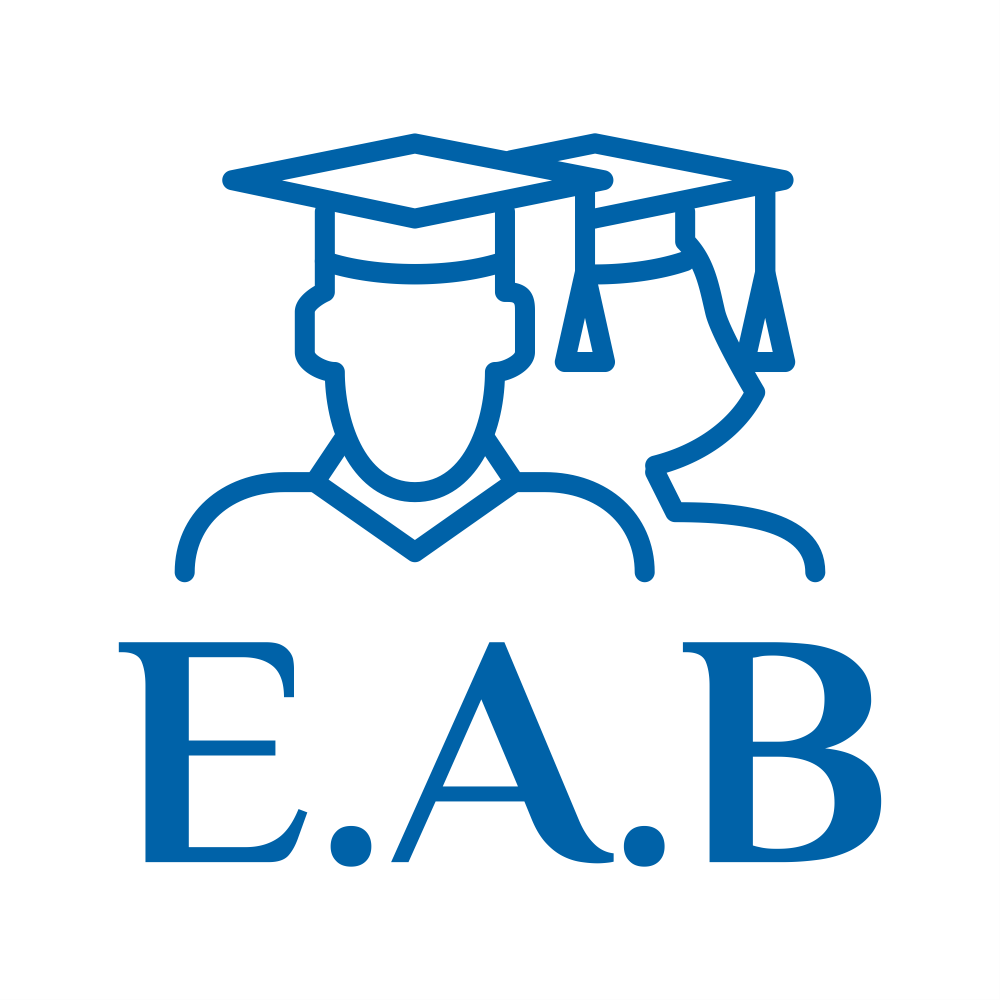1. Introduction
1.1 Purpose
The purpose of this document is to outline the in detail the Celestial Application program. The document will describe the features of the system, what the system is able to do and outline the constraints under which the application will operate.
1.2 Project Scope
The Celestial Application is a program that houses all pertinent information about all known celestial objects out there. It allows for users to keep track of the different features and characteristics of all objects in the program. This would be a useful tool for astronomers or stargazers to keep track of all sightings and have a pool of information to locate more.
<Provide a short description of the software being specified and its purpose, including relevant benefits, objectives, and goals. Relate the software to corporate goals or business strategies. If a separate vision and scope document is available, refer to it rather than duplicating its contents here. An SRS that specifies the next release of an evolving product should contain its own scope statement as a subset of the long-term strategic product vision.
2. Overall Description
2.1 Product Perspective
<Describe the context and origin of the product being specified in this SRS. For example, state whether this product is a follow-on member of a product family, a replacement for certain existing systems, or a new, self-contained product. If the SRS defines a component of a larger system, relate the requirements of the larger system to the functionality of this software and identify interfaces between the two. A simple diagram that shows the major components of the overall system, subsystem interconnections, and external interfaces can be helpful.>
2.2 Product Features
<Summarize the major features the product contains or the significant functions that it performs or lets the user perform. Details will be provided in Section 3, so only a high level summary is needed here. Organize the functions to make them understandable to any reader of the SRS. A picture of the major groups of related requirements and how they relate, such as a top level data flow diagram or a class diagram, is often effective.>
2.3 User Classes and Characteristics
<Identify the various user classes that you anticipate will use this product. User classes may be differentiated based on frequency of use, subset of product functions used, technical expertise, security or privilege levels, educational level, or experience. Describe the pertinent characteristics of each user class. Certain requirements may pertain only to certain user classes. Distinguish the favored user classes from those who are less important to satisfy.>
2.4 Operating Environment
<Describe the environment in which the software will operate, including the hardware platform, operating system and versions, and any other software components or applications with which it must peacefully coexist.>
2.5 Design and Implementation Constraints
<Describe any items or issues that will limit the options available to the developers. These might include: corporate or regulatory policies; hardware limitations (timing requirements, memory requirements); interfaces to other applications; specific technologies, tools, and databases to be used; parallel operations; language requirements; communications protocols; security considerations; design conventions or programming standards (for example, if the customer’s organization will be responsible for maintaining the delivered software).>
3. System Features
<This template illustrates organizing the functional requirements for the product by system features, the major services provided by the product. You may prefer to organize this section by use case, mode of operation, user class, object class, functional hierarchy, or combinations of these, whatever makes the most logical sense for your product.>
3.1 System Feature 1
<Don’t really say “System Feature 1.” State the feature name in just a few words.>
3.1.1 Description and Priority
<Provide a short description of the feature and indicate whether it is of High, Medium, or Low priority. You could also include specific priority component ratings, such as benefit, penalty, cost, and risk (each rated on a relative scale from a low of 1 to a high of 9).>
3.1.2 Stimulus/Response Sequences
<List the sequences of user actions and system responses that stimulate the behavior defined for this feature. These will correspond to the dialog elements associated with use cases.>
3.1.3 Functional Requirements
<Itemize the detailed functional requirements associated with this feature. These are the software capabilities that must be present in order for the user to carry out the services provided by the feature, or to execute the use case. Include how the product should respond to anticipated error conditions or invalid inputs. Requirements should be concise, complete, unambiguous, verifiable, and necessary. Use “TBD” as a placeholder to indicate when necessary information is not yet available.>
<Each requirement should be uniquely identified with a sequence number or a meaningful tag of some kind.>
REQ-1:
REQ-2:
3.2 System Feature 2 (and so on)
4. External Interface Requirements
4.1 User Interfaces
<Describe the logical characteristics of each interface between the software product and the users. This may include sample screen images, any GUI standards or product family style guides that are to be followed, screen layout constraints, standard buttons and functions (e.g., help) that will appear on every screen, keyboard shortcuts, error message display standards, and so on. Define the software components for which a user interface is needed. Details of the user interface design should be documented in a separate user interface specification.>
4.2 Hardware Interfaces
<Describe the logical and physical characteristics of each interface between the software product and the hardware components of the system. This may include the supported device types, the nature of the data and control interactions between the software and the hardware, and communication protocols to be used.>
4.3 Software Interfaces
<Describe the connections between this product and other specific software components (name and version), including databases, operating systems, tools, libraries, and integrated commercial components. Identify the data items or messages coming into the system and going out and describe the purpose of each. Describe the services needed and the nature of communications. Refer to documents that describe detailed application programming interface protocols. Identify data that will be shared across software components. If the data sharing mechanism must be implemented in a specific way (for example, use of a global data area in a multitasking operating system), specify this as an implementation constraint.>
5. Other Nonfunctional Requirements
5.1 Performance Requirements
<If there are performance requirements for the product under various circumstances, state them here and explain their rationale, to help the developers understand the intent and make suitable design choices. Specify the timing relationships for real time systems. Make such requirements as specific as possible. You may need to state performance requirements for individual functional requirements or features.>
5.2 Safety Requirements
<Specify those requirements that are concerned with possible loss, damage, or harm that could result from the use of the product. Define any safeguards or actions that must be taken, as well as actions that must be prevented. Refer to any external policies or regulations that state safety issues that affect the product’s design or use. Define any safety certifications that must be satisfied.>
5.3 Security Requirements
<Specify any requirements regarding security or privacy issues surrounding use of the product or protection of the data used or created by the product. Define any user identity authentication requirements. Refer to any external policies or regulations containing security issues that affect the product. Define any security or privacy certifications that must be satisfied.>









 Micheal Daniel
Micheal Daniel